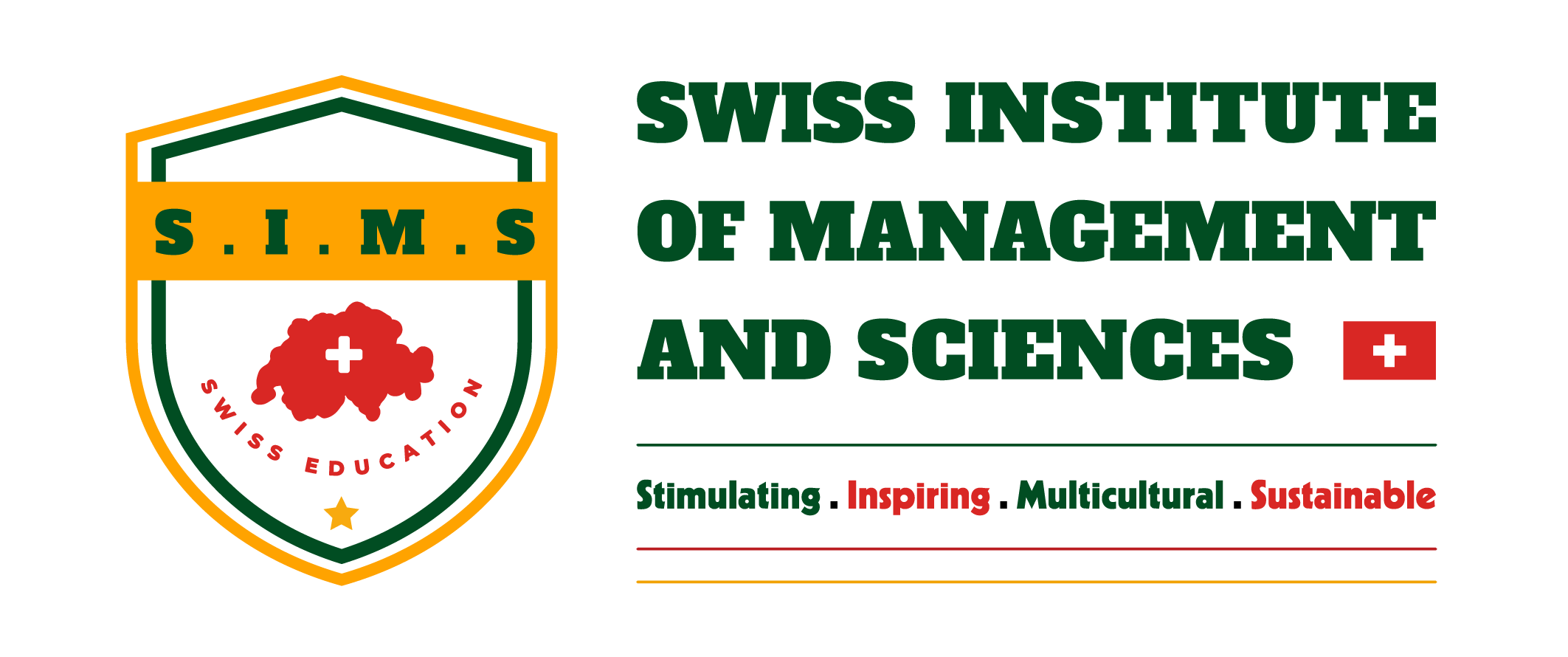Why Opt for Higher Education in Switzerland
In recent years, the appeal of pursuing higher education in Switzerland has witnessed a notable surge, with international students increasingly choosing Swiss institutions. Even amid the challenges of the 2020 pandemic, Swiss universities experienced a remarkable 4 percent rise in international student enrollments, a stark contrast to the declines observed in other popular study abroad destinations during the same period. According to data from the Federal Statistics Office (FSO), the enrollment percentages for bachelor’s, master’s, and doctoral programs stood at 15 per cent, 20 per cent, and an impressive 50
Elevating Excellence: The Swiss Education System’s Emphasis on Quality Over Ranking
In the realm of global education, the Swiss approach stands as a testament to prioritizing substance over superficial accolades. Unlike many educational systems fixated on rankings, Switzerland's commitment lies in maintaining a standard of quality that transcends mere numbers. Quality Assurance: A Pillar of Swiss Education Switzerland's education system, renowned for its excellence, is not driven by the relentless pursuit of ranking supremacy. Instead, it places a premium on the quality of education imparted to students. The emphasis is on cultivating a learning environment that fosters critical thinking, innovation, and practical skills
Online Learning Will Destroy Traditional Learning?
Following the COVID pandemic, online learning is becoming increasingly popular. The benefits of online learning in education are apparent, but can it replace traditional classroom learning? It is simple to obtain information about the benefits of online learning, such as cost savings, time flexibility, the elimination of geographical location barriers, and visa application materials for studying abroad. Why do most people still continue to study abroad full-time and believe that it is the best option for undergraduate and master's degrees? What benefits does the traditional form of learning really bring
Deciphering the Approach of Hybrid Learning
Hybrid Learning Hybrid learning amalgamates traditional face-to-face instruction with remote or distance learning methods, including experiential learning and remote course delivery. The primary goal is to strike an optimal balance of learning strategies, efficiently delivering content while catering to the diverse learning needs of students. Importantly, supplementary learning strategies are intended to complement traditional in-person instruction rather than replace it. For instance, in a two-day weekly class, a hybrid learning instructor might allocate one day for a practical laboratory assignment or an online task while dedicating the other to an in-person






